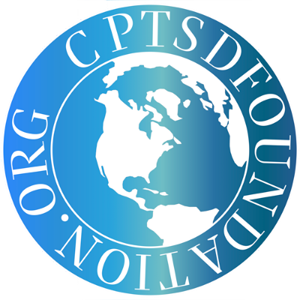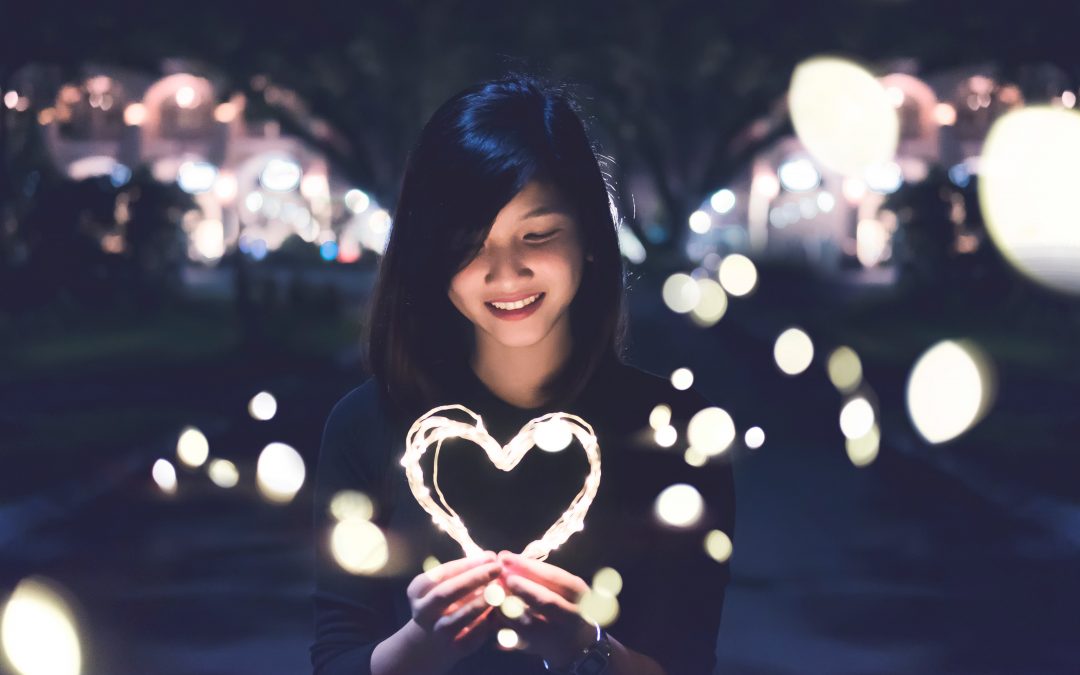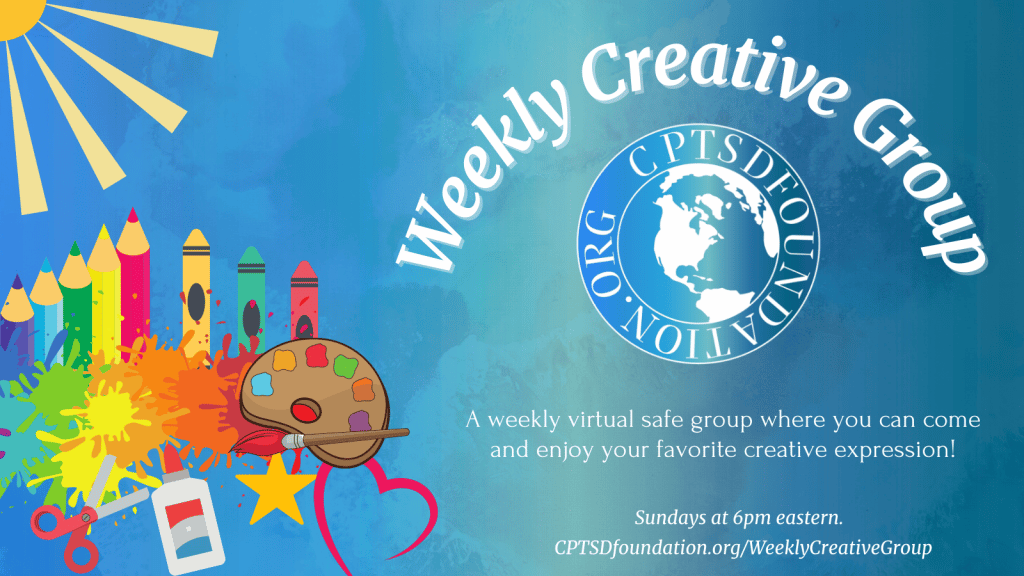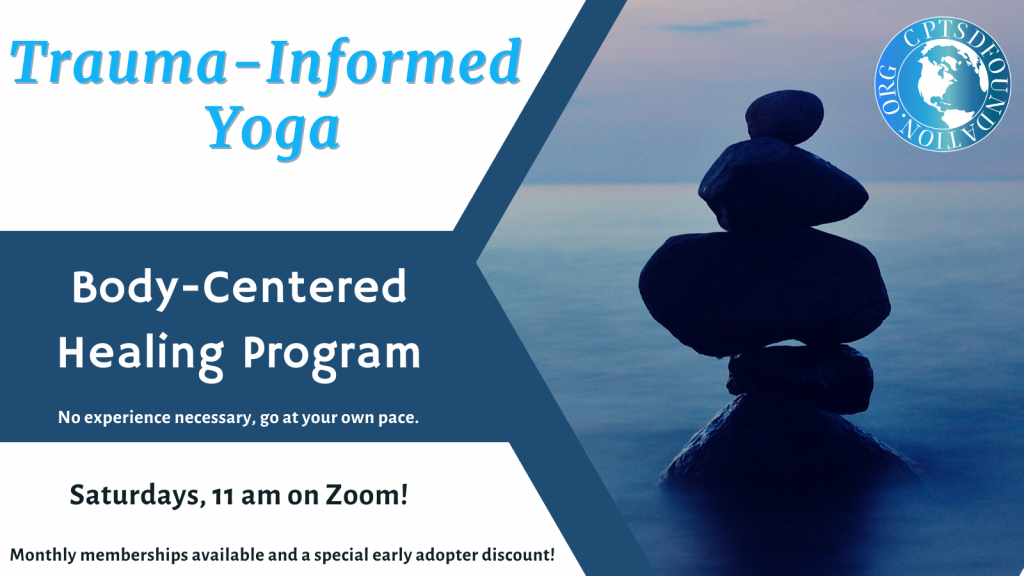When a new relationship starts (actually, it doesn’t even need to start), we are overwhelmed with emotional flashbacks from younger “Inner Parts” desperate to be loved, protected, and supported. and other parts of us will do anything to appease these emotions, triggering the most painful inner battle.
 After another disastrous relationship and an even more disastrous break-up, I was left alone, hurt and terrified. I also became homeless as I was preparing to move in with this person. I was really unwell. I felt suicidal. I overdosed a few times, once enough to go to A&E. I was feeling worthless, stupid, and broken, and even though, this relationship was over (I terminated it) I was still hoping, wishing we would start over. At one point, I was back in touch with him and sent letters, and texts. I even stopped by his house. I allowed it a couple of times. There was kissing. I also looked at his new girlfriend’s Facebook page, on a regular basis.
After another disastrous relationship and an even more disastrous break-up, I was left alone, hurt and terrified. I also became homeless as I was preparing to move in with this person. I was really unwell. I felt suicidal. I overdosed a few times, once enough to go to A&E. I was feeling worthless, stupid, and broken, and even though, this relationship was over (I terminated it) I was still hoping, wishing we would start over. At one point, I was back in touch with him and sent letters, and texts. I even stopped by his house. I allowed it a couple of times. There was kissing. I also looked at his new girlfriend’s Facebook page, on a regular basis.
I first attended CODA (Co-dependent Anonymous) meetings. “Hi, I am Sylvie and I am Co-dependent” It was a great help. I wasn’t alone anymore. I met other people who, like me, were finding it difficult to build loving and healthy relationships. Then, I found “Love Addicts Anonymous” and became an online member. “Hi, I am Sylvie and I am a Love Addict.” Both groups were often referring to “defects of characters.” such as pleasing others, neglecting one’s needs, over-controlling tendencies, etc. At the time though, I was so happy to find this latest group. I truly believed I was an addict and I needed to get rid of my “illness” I thought by focusing on the symptoms, I could cure myself of these impulses. I felt so ashamed of this part of me who was ready to do anything to have someone by her side and, then, to keep this person close no matter what. I really believed that, with my love and acceptance, I could help my ex-partners to heal (change) I was ashamed of this little girl in me needing too much love. I ended up hating myself and wanting to die.
What I didn’t understand was that, all these beliefs and my actions were the same I used to survive a childhood empty of love and full of (sexual, emotional, and physical) violence: pleasing, ready to do anything for another person, this determination to love someone into recovery, the excuses I gave for mistreatments, were all “strategies” to be loved and cared for. As for the gnawing, desperate need for love: it was/ is the natural need of a child for the love of her mother. I was born with this desire to die: from the moment my mother learned she was pregnant, she didn’t want me. She already despised my existence. Growing up in her (hostile) womb, I didn’t want to be here. I knew I wasn’t welcomed. I then felt suicidal for most of my life.
What is “Attachment Trauma”? Alan Robarge, Attachment-Focused Psychotherapist, and Relationship Educator:
“Are you repeating old hurts in new relationships? It’s possible you’ve inherited a relationship template and operating system from childhood that’s proving unreliable and outdated. Attachment injuries, despite your best intentions, are hijacking how you pick partners and manage intimacy today. This old operating system has a name. It’s called insecure attachment.
For some of us, it’s better-labeled attachment trauma(…)”
It is important to point out, that these outdated behaviours are, as Alan Robarge puts it, hijacking our mind: we act without thinking because, in these painful moments, our “Fight” (getting angry to avoid intimacy), Flight (relationship avoidant), Freeze(Play dead until the storm passes) or Fawn (People pleasing and co-dependency) ” responses take over, as they naturally do. They automatically kick in to protect us, to keep us alive. They are coming from these inner (and younger) parts of us, whose present relationship reminds them of their parents and they work hard in keeping us alive.
Self-Compassion is key here.
Mindfulness: noticing our feelings, our inner part’s feelings, and feeling them in our body.
Acceptance: instead of pushing, dismissing, or minimizing our feelings. It is natural to want to get rid of the pain. It equals dismissing our inner parts, who need our love and understanding. So we might need to give us a break if our first desire is not to feel our discomfort. It is easier when we are willing to approach our “inner family” with curiosity.
Humanity: When we are suffering, we feel deeply lonely. Reminding ourselves we are not alone in going through challenges might help us remember, that we are not alone.
Loving Kindness: Talking to our inner parts/ ourselves as we would a dear friend of ours: “I am sorry this is such a difficult time for you. You are no longer alone: I am here. What do you need?”
Is it by accepting ourselves, with tender loving care, we will then move forward, together with our inner parts. When I feel deeply lonely when I feel the gnawing despair for loving attachment of my inner child and inner teenager, I pause and breathe in love, kindness, and compassion for them. I listen to what they have to tell. I don’t tell them to look on the bright side, to be positive: I hold them with tender loving care, and I validate their pain. I no longer feel ashamed by the parts of me who need to be loved so much!
Of course, some days are easier than others, it is an ongoing process and it varies from person to person. It takes time and patience.
Take care,
Sylvie
For more information, click on the links below:
“Fight, Flight, Freeze and Fawn” – The “4 Fs” and “Flashbacks Management” by Pete Walker M.A Psychology
Self-Compassion by Kristin Neff, PhD.
“No Bad Parts” – Internal Family System by Dr Richard Schwartz, Ph.D.
Article also available in Winter Turns Into Spring
Guest Post Disclaimer: Any and all information shared in this guest blog post is intended for educational and informational purposes only. Nothing in this blog post, nor any content on CPTSDfoundation.org, is a supplement for or supersedes the relationship and direction of your medical or mental health providers. Thoughts, ideas, or opinions expressed by the writer of this guest blog do not necessarily reflect those of CPTSD Foundation. For more information, see our Privacy Policy and Full Disclaimer.
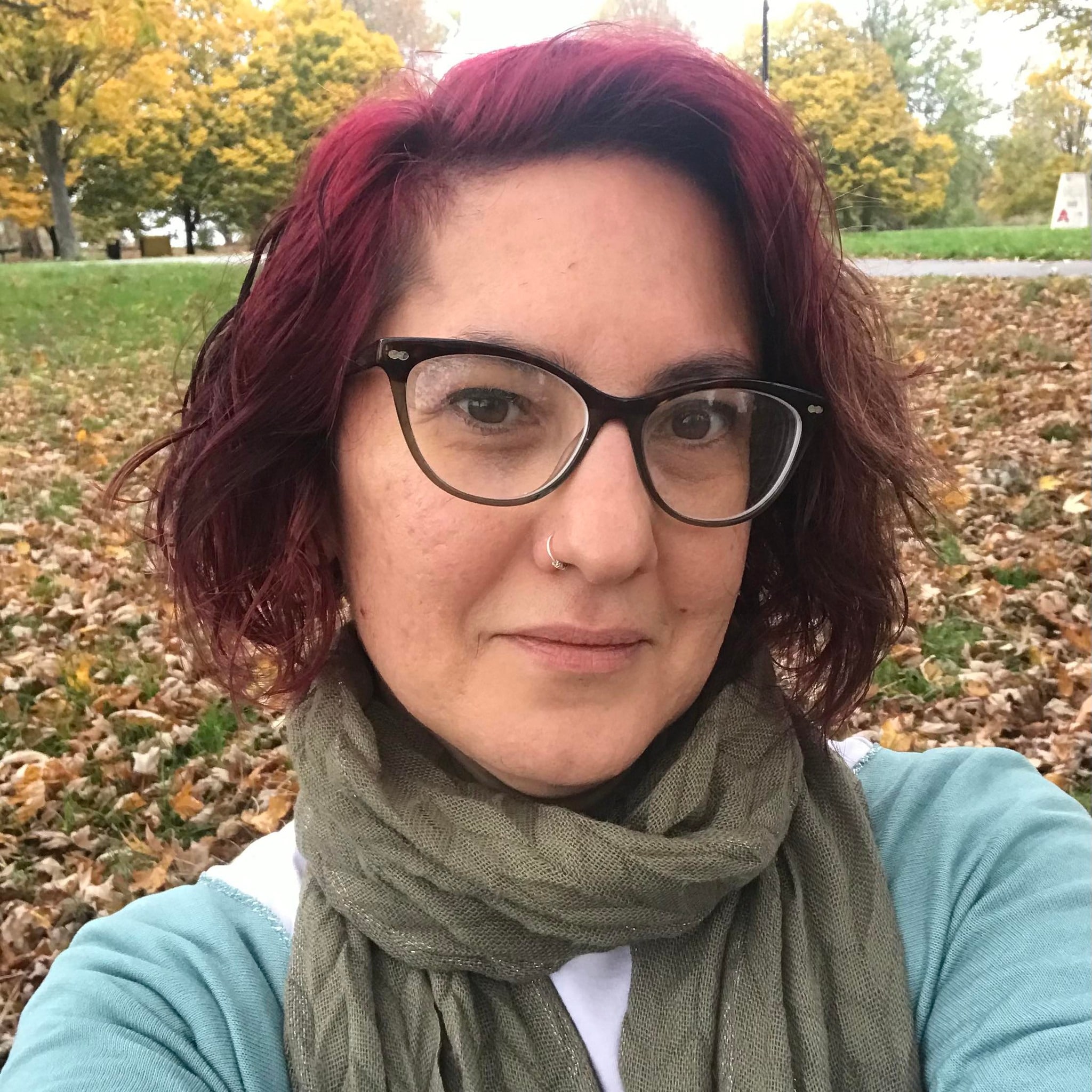
Writer – Blogger – Poet – Mental Health and Child Abuse Activist
Deputy Editor and Journalist for Taxpayers Against Poverty
Author of The Blossoming Lotus”
https://www.austinmacauley.com/book/blossoming-lotus
New Website: Breaking The Cycles
